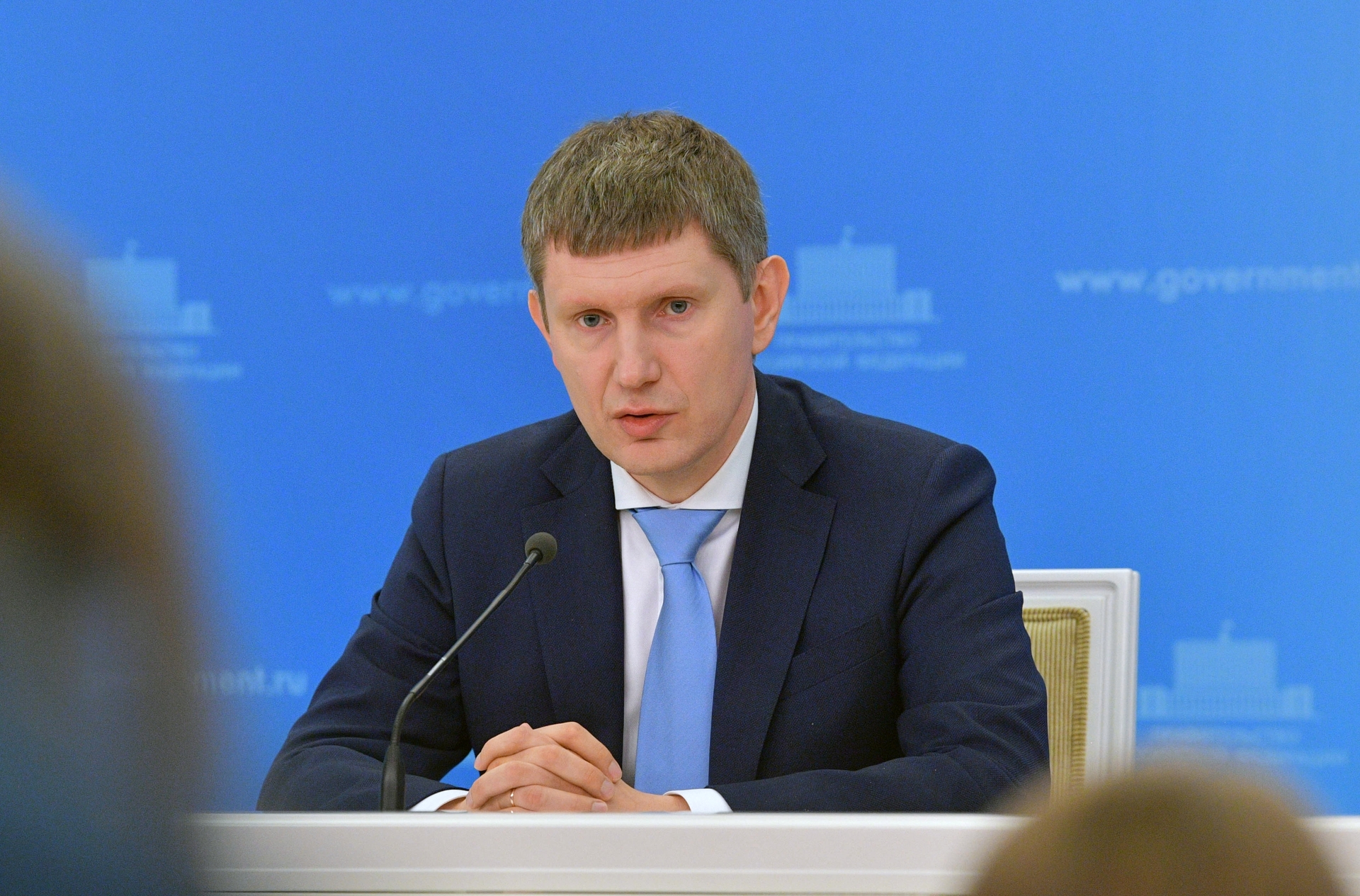The Russian economy has recovered, despite the general unstable situation in the world and complex processes in global markets.
This was announced on Tuesday, September 21 by President Vladimir Putin.
“Following the results of seven months of this year, the gross domestic product reached the pre-crisis level.
The recession caused by the coronavirus epidemic has been completely overcome, ”the head of state stressed during a meeting on economic issues.
The Russian leader drew attention to strong industrial growth and positive business sentiment.
In addition, the President spoke about the improvement in the employment situation, but stressed that not all the regions of the country have yet returned to the level of 2019.
Against this background, instructions have already been given to "fine-tune" regional programs, Putin said.
“Now, at the post-crisis stage, it is necessary to form a model of sustainable economic development, to make sure that it covers the industries and regions of Russia as widely as possible.
Confident, positive economic dynamics is needed to create new well-paid jobs, to increase the incomes of our citizens, and the well-being of Russian families, ”said Vladimir Putin.
According to the updated forecast of the Ministry of Economic Development, in 2021, Russia's GDP will grow by 4.2%, and not by 3.8%, as previously assumed.
Projected growth rates could be the highest in a decade.
As the head of the department Maxim Reshetnikov said on Tuesday, the economy recovered a quarter earlier than initially expected.
According to the minister, the output in the manufacturing industry, agriculture, transport, cargo transportation, construction confidently exceeds the pre-crisis values.
At the same time, domestic demand became the key driver of economic recovery.
“Consumer demand was supported by the recovery of incomes of the population and thanks to the implementation of deferred demand: people began to make purchases that they did not make last year,” Reshetnikov emphasized.
He also added that lump-sum payments to families for schoolchildren, as well as pensioners and military personnel had a positive impact on consumer demand.
In addition, there are positive trends in the labor market.
Thus, in July, unemployment and the number of employed people actually returned to pre-pandemic levels, while real wages continue to rise.
“Investments in fixed assets in the first half of the year exceeded the same level of 2019 by 5.4%, and the level of 2020 - by more than 7%.
Investment growth is supported by the active growth of the organizations' net profit, ”added Reshetnikov.
RIA News
Recall that in 2020, as a result of the consequences of the coronavirus pandemic and the temporary introduction of quarantine restrictions, the volume of Russian GDP decreased by 3%.
A similar situation could be observed in most other states.
Nevertheless, for the first time in the entire post-Soviet period, Russia weathered the global crisis better than the world as a whole.
Thus, the overall decline in the global economy turned out to be deeper and amounted to 3.3%.
In addition to the revival of business and consumer activity amid the lifting of restrictions, the economy is supported by an increase in world prices for exported goods.
Pavel Sigal, the first vice-president of the all-Russian public organization of small and medium-sized enterprises "Support of Russia", spoke about this in an interview with RT.
“We are now seeing an increase in world prices for almost all goods: from oil and gas to wheat, mineral fertilizers, timber and metals.
This means that the volume of the country's GDP at the end of the current year may indeed be higher than forecasts, since few expected such a price rise, ”Sigal emphasized.
Price question
The Ministry of Economic Development also revised the forecast for the inflation rate in 2021.
According to the agency, from January to December consumer prices in the country may grow by an average of 5.8% instead of the previously expected 5%.
Note that in mid-September, annual inflation in Russia accelerated to 6.84%.
The value was the highest since August 2016.
Such data are provided by Rosstat.
As previously noted in the Central Bank, although consumer demand in Russia is growing steadily, enterprises in a number of industries do not yet have time to increase the supply of goods and services to the required level.
In these conditions, it becomes easier for companies to cover production costs by increasing prices for their products, especially against the backdrop of a global rise in prices for goods.
Pressure on inflation in Russia may be exerted by a systematic increase in the key rate of the Central Bank.
Nikita Maslennikov, head of the Finance and Economics department at the Institute of Contemporary Development, shared this opinion in a conversation with RT.
“The rise in consumer prices has reached a plateau.
Now we are already witnessing a slight slowdown in weekly inflation in Russia.
The central bank should give an additional impetus to this trend, therefore, perhaps we will still see a tightening of monetary policy in the form of a rate hike.
It is obvious that next year the annual inflation rate will decrease significantly, ”Maslennikov said.
In his opinion, inflation in Russia may return to 4.5% in 2022.
This state of affairs, in turn, will allow to increase the volume of investments in the economy not only from the state, but also from private business, the specialist is sure.
The Ministry of Economic Development also gave a forecast for the dollar exchange rate at the end of 2021.
As Reshetnikov noted, the average value will be 73.6 rubles.
At the same time, the minister stressed that at the moment the national currency is underestimated.
“We expect some strengthening of the ruble exchange rate at the end of this - beginning of next year. And starting from 2023, it will gradually weaken in accordance with the differences in the deflator indices in our country and in the countries of our trading partners, ”said the head of the Ministry of Economic Development.

